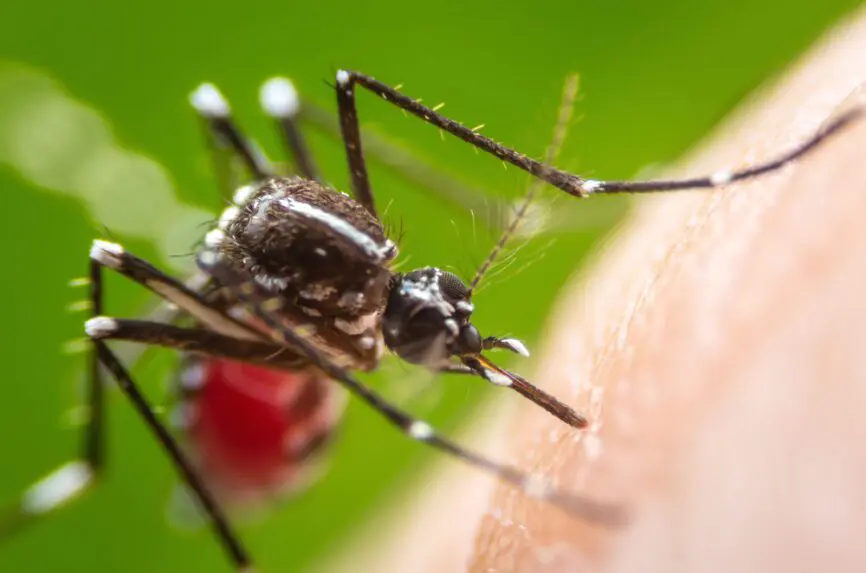Hastings Center News
Does the Endangered Species Act Permit Deliberate Extinction of Harmful Species?
Does the Endangered Species Act, the landmark 50-year environmental law, protect dangerous invasive species from deliberate extinction using new genomic technologies? That question was the focus of a comment in Science by Hastings Center senior research scholar Gregory E. Kaebnick, Hastings research scholar Athmeya Jayaram, and James P. Collins, of Arizona State University. While the letter of the law needs clarification, “the spirit of the ESA clearly places an extremely high value on species and rules out eradication in most cases,” they write. “The exception made for insect pests shows, however, that some goals, such as preventing the enormous public health harms associated with some insects, might override that high value. Exactly which harms are overriding—and whether they are posed only by insects—are important questions. But, plainly, if the ESA is taken to heart, genetic interventions that could lead to a species’ extinction should be evaluated very conservatively and would be acceptable only rarely.”
Kaebnick, Jayaram, and Collins are investigators on a project that explores the ethics of deliberate extinction, supported by the National Science Foundation.

